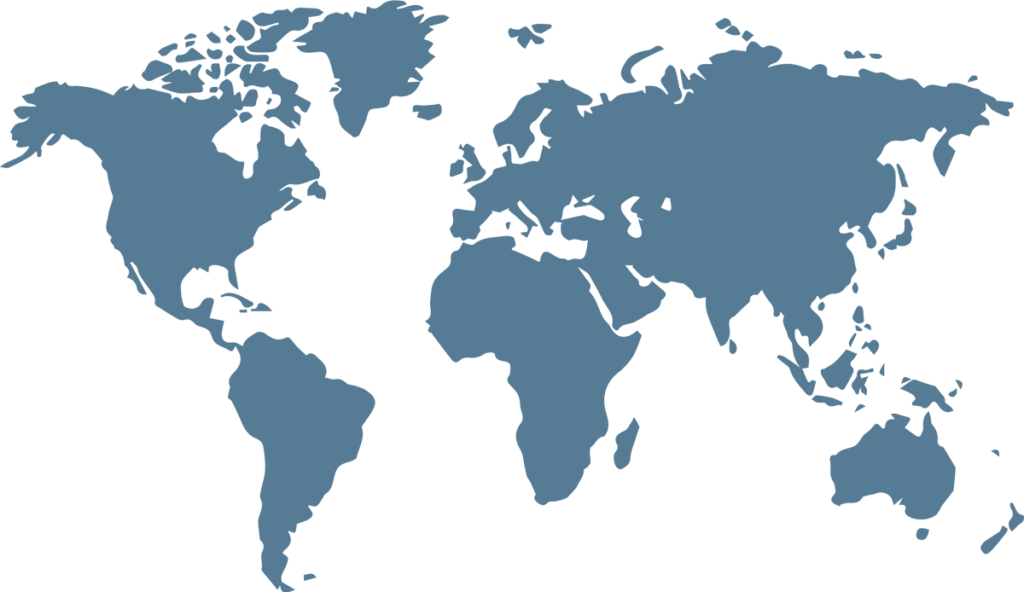MURPHY BROWNE (Abena Agbetu)
August is Emancipation Month in Ontario. August 1 was Emancipation Day in Canada.
The preamble to “An Act to proclaim the month of August as Emancipation Month” stated in part:
“Anti-Black racism has been prevalent in the history of Ontario. Slavery, inequities, exclusion and many other forms of discrimination have been the basis of much of Ontario’s past.
“By proclaiming August as Emancipation Month, Ontario is following the UN General Assembly’s adoption of the period of 2015 to 2024 being the International Decade for People of African Descent to ensure people of African descent receive the recognition, justice and access to opportunities they deserve.
“Ontario acknowledges and recognizes the Slavery Abolition Act 1833, eliminating slavery in most of the British colonies at that time. It received Royal Assent on August 28, 1833, and took effect on August 1, 1834.
“Ontario pays tribute to the important contributions and leadership that the Black communities have made and continue to make in Ontario as a major part of the vibrant social, economic, political and cultural fabric of our province.
Emancipation Month is a time for healing, unification and restoration. It is about eliminating discrimination by continuing to educate and advance the importance of racial equity across the province.
“Emancipation Month will help build a more inclusive province, where everyone is treated with fairness, respect and dignity.” Assented to December 9, 2021.
August 1, 2024, marked 190 years since chattel slavery was abolished in Canada on August 1, 1834. The enslavement of Africans in Canada lasted for at least 206 years.
Slavery in the British Empire was supposedly abolished on August 1, 1834. The enslaved Africans in British Honduras now Belize, British Guiana now Guyana and the Caribbean islands suffered through four more years of enslavement labeled as “the Apprenticeship System” and were not free to leave the plantations where they were enslaved until August 1, 1838. The enslavers made a fortune when slavery was abolished and enjoyed their ill-gotten wealth that had been made from the coerced, unpaid labour of enslaved Africans.
The descendants of the enslavers continue to enjoy the wealth into the 21st century. The British Royal family profited from the enslavement of Africans and many others including the Booker family, Munroe family, Gladstone family, Hibbert family, Beckford family, Brathwaite family and Skeete family gained excessive wealth and those last names proliferate in the Caribbean islands and in Guyana where the descendants of enslaved Africans, who were given the last names of their enslavers, live.
The first documented enslaved African in Canada was a six-year-old boy who was named Olivier LeJeune by his enslavers in 1628. He was sold to Olivier Le Baillif, a French clerk, by David Kirke, a British pirate.
Canadian slavery was not a gentler version than the scenes from the miniseries “Roots” or the movie “Sankofa.” Slavery in Canada was as brutal and horrific as it was in the U.S. and the Caribbean islands. Enslaved Africans were sometimes killed by their enslavers. Jude, an enslaved African woman in Nova Scotia, was beaten to death by Loyalist Samuel Andrews Sr. in December 1800. Medical evidence showed that she had been killed by a blow from a “blunt pointed instrument”.
In 1801, Andrews Sr. and his sons Samuel and John were tried for the murder of Jude. Diana, another enslaved woman who referred to Jude as “my sister”, testified that she had seen the Andrews men with Jude when she was beaten and killed. Diana said she had seen them each armed with “a stick about the size of an iron candle stick and of the length of my arm”.
The jury acquitted the Andrews men on May 19, 1801. Mary Andrews (the wife of Samuel Andrews Sr.) was also indicted but was not tried.
This history of brutality against enslaved Africans in Canada is not well known. Many Canadians do not know why August 1 is a national holiday. We need Critical Race Theory taught in Canadian secondary and post-secondary institutions.
The United Nations International Decade for People of African Descent (IDPAD 2015-2024) was declared in 2014 – with the themes Recognition, Justice and Development with the overall goal – to promote and protect human rights.
In October 2016, the UN “Working Group of Experts on People of African Descent” visited Canada. They met with non-governmental organizations, academics, federal and provincial government agencies including Global Affairs, Statistics Canada, Immigration, Public Safety, RCMP, National Defence, Correctional Services and the Canadian Human Rights Commission.
In August 2017, their report included 41 recommendations related to education, employment, housing, healthcare, justice systems and policing of African Canadians.
The report concluded: “Despite Canada’s reputation for promoting multiculturalism and diversity and the positive measures taken to address racial discrimination, the Working Group is deeply concerned about the human rights situation of African Canadians.
“Canada’s history of enslavement, racial segregation and marginalization has had a deleterious impact on people of African descent, which must be addressed in partnership with communities.”
As we meander through the last year of the IDPAD we need to reflect on where we go from here, 190 years after our ancestors gained freedom from the brutal institution of chattel slavery.
We must educate and organize.
ti*****@ho*****.com
Emancipation Month in Ontario marks the end of slavery
334
previous post



